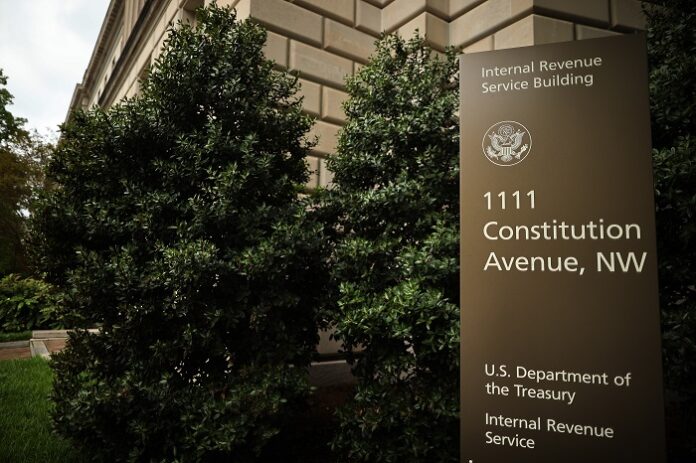An executive order from President Donald Trump issued last month provides a payroll tax hiatus for U.S. workers starting Aug. 31. However, while a payroll tax suspension undoubtedly will give working Americans a boost in take-home pay, it’s unclear if employers will even go along with the plan due to the confusion in implementing it.
See also: Employers are doubling down on financial wellness. Is it helping?
At its most basic, any employee who earns less than $4,000 before taxes per biweekly pay period is eligible for the payroll tax deferral from Sept. 1 through Dec. 31, 2020.
Jonathan Barber, senior vice president and head of compensation and benefits policy research at Ayco, a Goldman Sachs company, noted the uncertainty surrounding the payroll tax hiatus. For instance, recent IRS guidance on the topic, issued four days before the order was announced, did not clarify whether deferral is mandatory.
“It seems to somewhat suggest this would be an employer decision, given that the employer is defined as the ‘affected taxpayer’ and no penalties for noncompliance have been expressed,” he says.
And unless an official process is provided for opting in or out, employers will need to develop a process for documentation and, in places where employees can decide whether to defer, employers will need to develop communications educating employees on factors to consider, Barber says.
Related: Decisive corporate leadership today will build employees’ financial resilience
He warns that employers also should remember that eligibility is not based upon an annual amount of wages, but on pay-period wages. With that, Barber explains, employers should start identifying employees who could qualify for the deferral as soon as possible and determine what systematic, administrative changes might be necessary to implement such a change, especially if the employee is the one to decide participation.
As it stands, employees and employers evenly split the 12.4% Social Security tax due. The executive order says employers may choose to not withhold the 6.2% employee share but must continue to contribute their per-employee share. IRS guidance released just four days before the Aug. 31 start date says deferred payroll taxes must be repaid between Jan. 1 and April 30, 2021; taxes not repaid within that window will be subject to interest and penalties.
[click_to_tweet tweet=”What #HR leaders need to know about the @IRSnews #PayrollTax guidance ” quote=”Tweet this story” theme=”style3″]
Experts such as Barber say the lack of guidance in repayment means some employers will continue to withhold taxes as usual and that tax forgiveness–which President Trump mentioned in announcing the plan–is a long shot at best.
“It is unlikely that the deferral may turn into tax forgiveness,” Barber says, adding that forgiveness will require Congressional action. And if Congress were to forgive the deferred taxes, the forgiven amount would likely constitute additional income, for which such employees would need to pay additional income tax.
He adds that the IRS guidance makes it clear that it is the employer’s responsibility to withhold and pay these deferred taxes during the repayment period in 2021, regardless of whether such amounts can be collected from the employee. If not, interest, penalties and additions to tax will begin to accrue to the employer.
“For employers choosing not to implement the deferral, most will probably not communicate the decision at all–keep the status quo–and address questions on a one-on-one basis if an employee inquires,” Barber says. On the other hand, if an employer does choose to participate, it will be critical to educate employees that this is merely a deferral and the amount will be due starting in January 2021.
“Employees should be well-advised not to rely on forgiveness of this amount,” he stresses.
For now, Barber says, employers should consider offering hypothetical examples, such as case studies–about the savings the deferral will provide through year-end and the increased tax (lower net pay) that one can expect early next year during repayment.
“Providing employees impacted with education and advice on cashflow-management techniques through this period in preparation for repayment will be critical to ensure employees will not be surprised once repayment begins,” Barber says.
“In general, employers are encouraged to discuss this topic with their tax adviser before making any final decisions.”



